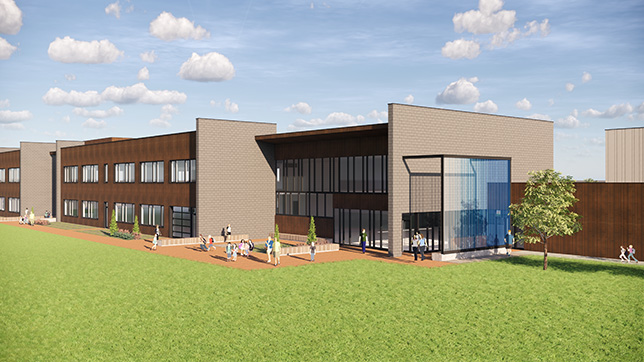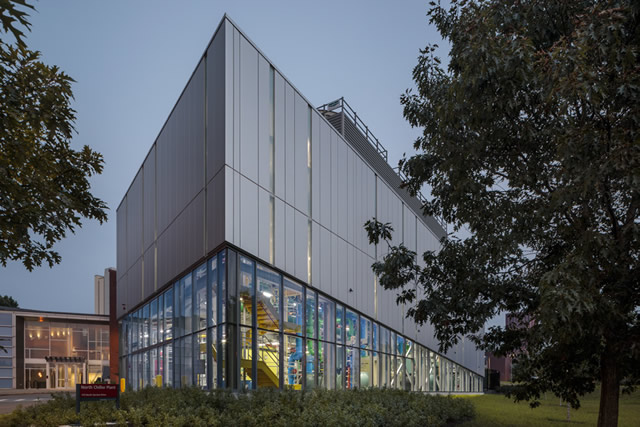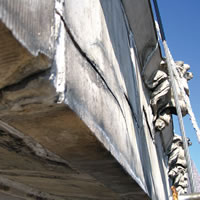IMETCO recently announced the release of the IntelliWrap PR self-adhering roofing underlayment, which provides a water- and air-tight, vapor-permeable seal for roofing systems. The product was designed for steep slopes (2:12 or more) of standing seam metal, clay tile, slate tile, cedar shingle roofs, and more.
Serge Ferrari Group, a manufacturer of flexible composite membranes, recently launched a lightweight and durable building skin intended for indoor spaces.

High-performing, energy-efficient school facilities can serve a foundational role in uplifting students, staff and the greater community over the long term. The good news is that the solution for some facilities—depending on size, location and available resources—might be born out of the strategic implementation of a concept originating nearly 50 years ago: Passive House.

The largest mass timber building in America, Adohi Hall at the University of Arkansas, exemplifies a new generation of wood-framed and light-filled residence halls designed to foster connections.

Building envelope systems not only work to keep the inside in and the outside out, but can also contribute to a facility’s or institution’s sustainability goals while presenting an attractive, functional front.

Autumn is the ideal time to prepare structures for winter from roof to foundation. Undertaking routine inspections in the fall can prevent costly repairs in the future.

It is important to include a structural perspective of your facilities when considering the impact of deferred maintenance.

Envelopes have long since evolved from a means to just keep outside out and inside in. Systems are advancing with, among other things, sophisticated air and vapor barriers, airtight interiors, increasingly efficient windows, and exceedingly insulated roofs.

Diverse, innovative materials are available for the building envelope, adding impactful visual interest as well as energy efficiency to campus facilities.

EDPs provide designers and construction professionals with valuable information.

Communication is key to answering this question, especially when multiple contractors and systems are involved.

As U.S. schools continue to face increasing budget pressures, implementing strategies for energy savings can have a significant positive impact on the bottom line for school districts.

Building schools in Alaska has is own set of challenges.

School exteriors are no longer an afterthought, but important in many ways.

Whether renovating existing or constructing new facilities, attention must be paid to achieving the end result of a resilient, secure, energy-efficient building envelope.

It's all about energy usage.